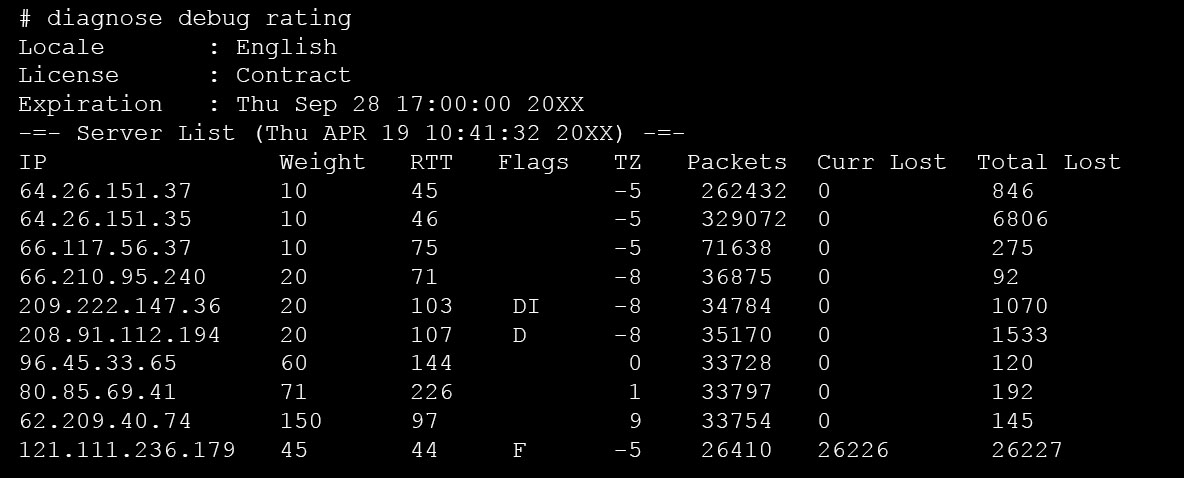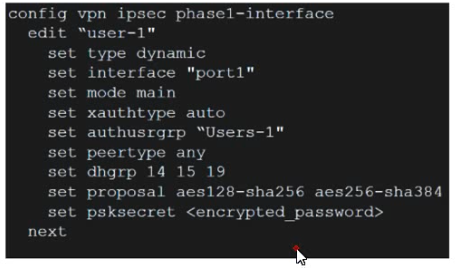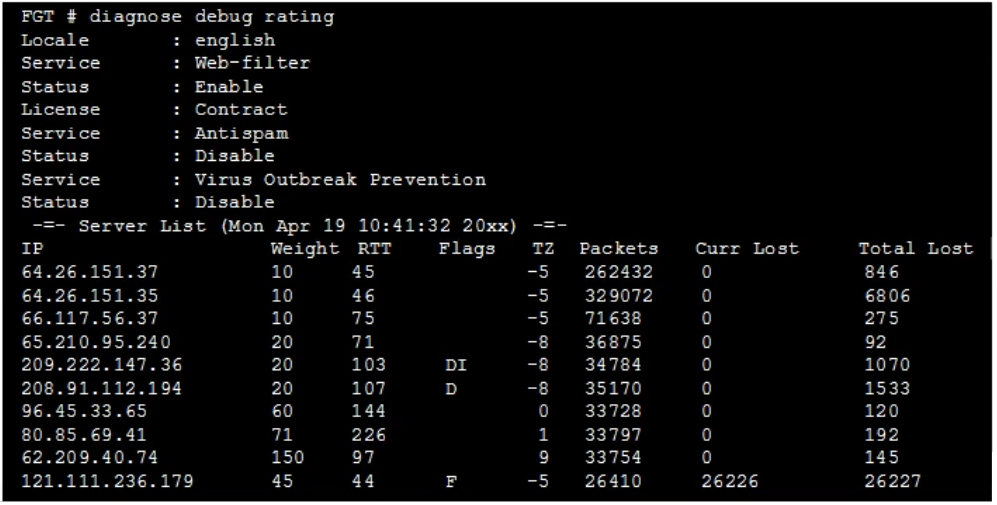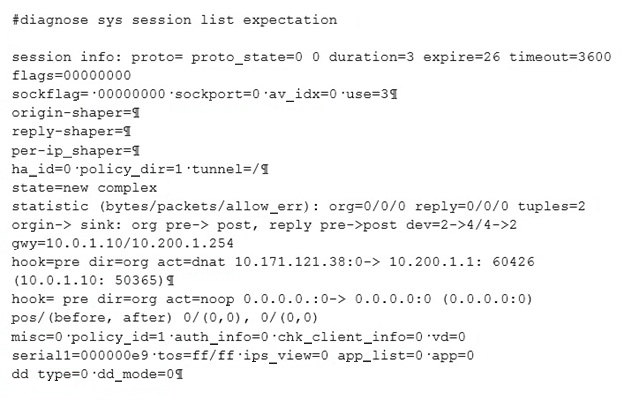Fortinet NSE7_EFW-7.0 - Fortinet NSE 7 - Enterprise Firewall 7.0
Which statement about protocol options is true?
View the exhibit, which contains the output of a diagnose command, and the answer the question below.

Which statements are true regarding the Weight value?
What are two functions of automation stitches? (Choose two.)
Refer to the exhibits.

Which contain the partial configurations of two VPNs on FortiGate.
An administrator has configured two VPNs for two different user groups. Users who are in the Users-2 group are not able to connect to the VPN. After running a diagnostics command, the administrator discovered that FortiGate is not matching the user-2 VPN for members of the Users-2 group.
Which two changes must administrator make to fix the issue? (Choose two.)
Refer to the exhibit, which shows the output of a diagnose command

What can you conclude from the RTT value?
When using the SSL certificate inspection method for HTTPS traffic, how does FortiGate filter web requests when the browser client does not provide the server name indication (SNI) extension?
Refer to the exhibit, which shows the output of a debug command.

What can be concluded from the debug command output?
An administrator has configured a FortiGate device with two VDOMs: root and internal. The administrator has also created and inter-VDOM link that connects both VDOMs. The objective is to have each VDOM advertise some routes to the other VDOM via OSPF through the inter-VDOM link. What OSPF configuration settings must match in both VDOMs to have the OSPF adjacency successfully forming? (Choose three.)
Refer to the exhibit, which shows the output of a BGP debug command.

What can be concluded about the router in this scenario?
Examine the output of the ‘diagnose sys session list expectation’ command shown in the exhibit; than answer the question below.

Which statement is true regarding the session in the exhibit?



